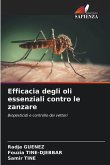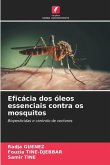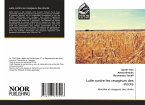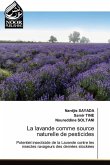The aim of the present work was to study the chemical composition and biological activity of the essential oils of two plants, Mentha pulegium and Laurus nobilis, against three of the most abundant mosquito species in the Tébessa region: Culex pipiens, Culiseta longiareolata and Aedes caspius. Chemical analysis of these oils by GC/MS revealed the predominance of monoterpenic compounds. Toxicological tests revealed the insecticidal power of these EOs against three species of mosquitoes, with Mint being more effective than Laurel. Biomarkers revealed, on the one hand, a neurotoxic effect of the essential oils in these three mosquito species, via inhibition of the specific activity of AChE and, on the other, induction of the detoxification system via an increase in GSTs and a decrease in GSH. In addition, treatment with these EOs disrupted the growth and energy reserves of the individuals.








